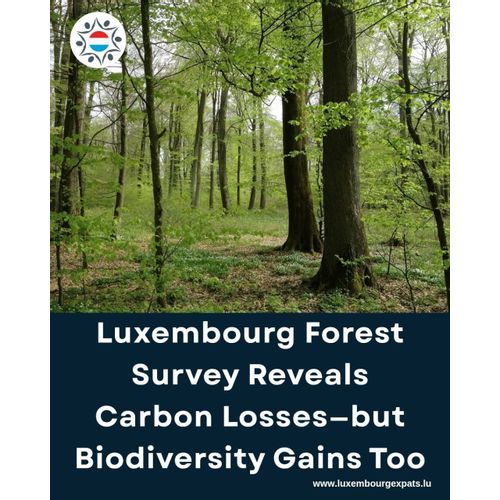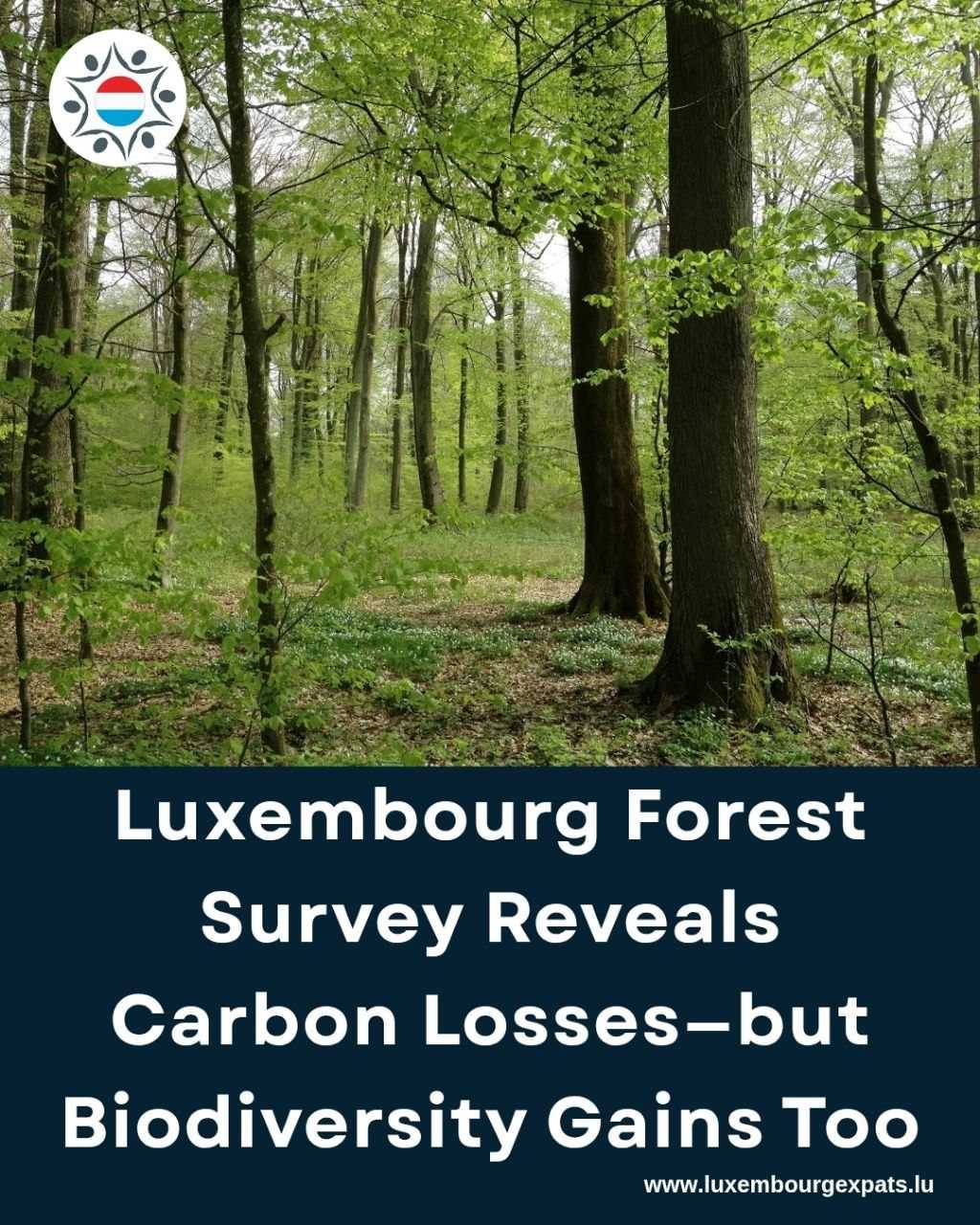Luxembourg Forest Survey Reveals Carbon Losses—but Biodiversity Gains Too
LuxembourgPosted on 28 November 2025 by TeamLuxembourg’s latest national forest inventory paints a troubling picture: between 2010 and 2023, the country’s forests released more carbon dioxide than they absorbed, effectively turning them into a net source of emissions. The findings come from the third National Forest Inventory (NFI), carried out from early 2023 to mid-2024 across 1,845 sampling sites, following earlier editions in 2000 and 2010.
According to Environment Minister Serge Wilmes, who presented the results alongside the Nature and Forestry Administration, the reversal in the forests’ carbon balance is closely tied to the accelerating impacts of climate change. Years of repeated drought have weakened many tree species, increasing mortality rates and creating ideal conditions for bark beetle outbreaks. The infestation forced the clearing of around 2,050 hectares of spruce—more than double the area recorded in the previous inventory.
The report highlights additional areas of concern. The amount of standing timber is no longer rising at the pace seen in past decades, with total wood volume increasing by only 11% since 2000. Forest growth between 2010 and 2023 slowed by roughly a quarter compared to the previous period, a trend attributed to extreme weather events, disease, and widespread dieback.
Yet the picture is not entirely bleak. Luxembourg’s forests—covering 35% of the country, or about 92,250 hectares—have also benefited from long-term adaptation efforts. Foresters’ push to improve resilience has boosted the proportion of hardwood species from 66% in 2010 to 75% in 2023, contributing to stronger ecological stability. Forest ecosystems have also become more diverse and structurally varied, with more mixed and multilayered stands.
Another encouraging sign is the sharp rise in old, large-diameter trees, whose numbers have more than doubled to reach 135,000 in 2023. Dead wood, a vital resource for countless insects, birds and fungi, has expanded from an average of 6 to 27 cubic metres per hectare since 2000—an important gain for biodiversity even as climate pressures intensify.
Read More : Presentation of the third National Forest Inventory: Luxembourg companies facing the climate challenge - News - Portal of Environment - emwelt.lu - Luxembourg
Join the community of your own - #1 home-grown LuxExpats app
SignUp Free : luxembourgexpats.lu
I am your contact
Team
Chat









